St. Nicholas Church
ITA | ENG
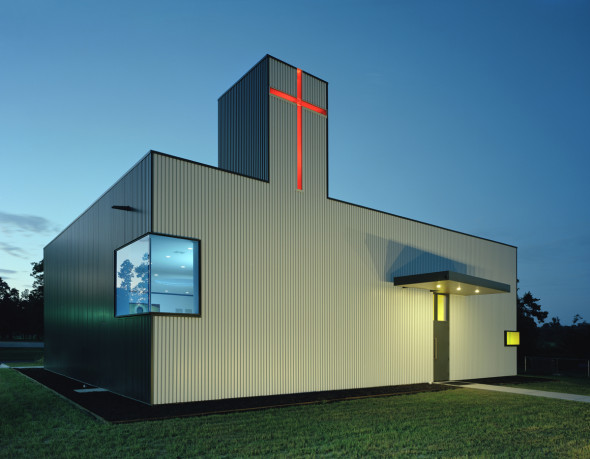
© Timothy Hursley
After a lengthy search for property, the congregation of Saint Nicholas Eastern Orthodox Church found a three acre site in Springdale, Arkansas, bordered to the east by a large public park and exposed to a major highway to the west. After a lengthy debate about the merits of the existing house and steel-framed shop building, the decision was made to repurpose the shop building into a new worship space.
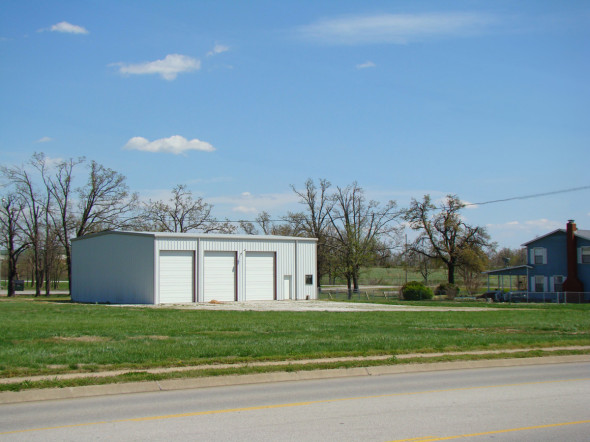
© Marlon Blackwell Architect
The existing shop building had three high lift garage doors, a small mezzanine for storage, and an office. The mezzanine and the office were completely removed, as was the western facade to allow for a larger mezzanine and a ten foot wide addition across the entire length of the west elevation.
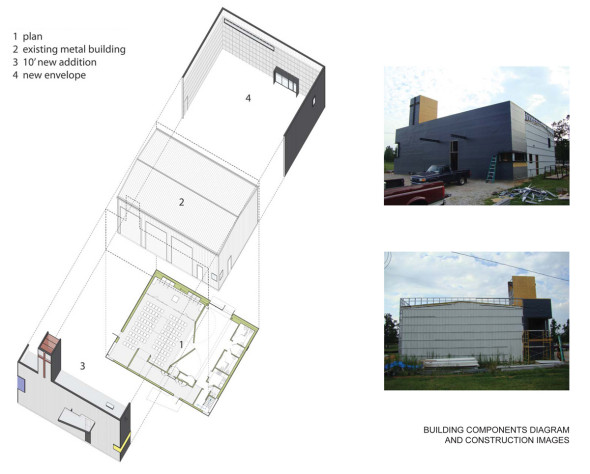
© Marlon Blackwell Architect
The steel frame was in only one location to allow for the introduction of a tower element that highlights the entry to the sanctuary. The building is enveloped by a new skin of box-ribbed metal panels and colored glass openings: the original gabled form is obscured and refined. Although a small structure, its bold form, surface and symbols make it recognizable both day and night from the nearby interstate.
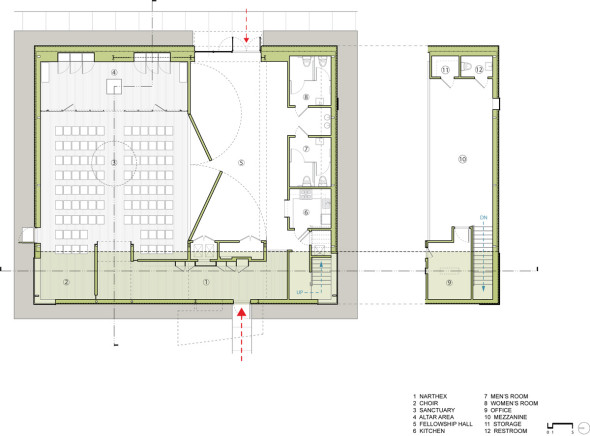
© Marlon Blackwell Architect
While traditional Eastern Orthodox Churches are axial and face east, the rectangular shop building was oriented north-south. Although there are liturgical provisions for “reorienting” a worship space that is unable to face east, the program was simply folded to allow for the proper orientation. Rather that adhering to the traditional axial progression, the narthex is folded 90 degrees to the axis of the sanctuary space so that parishioners are delivered to the east-west axis once they arrive in the sanctuary.
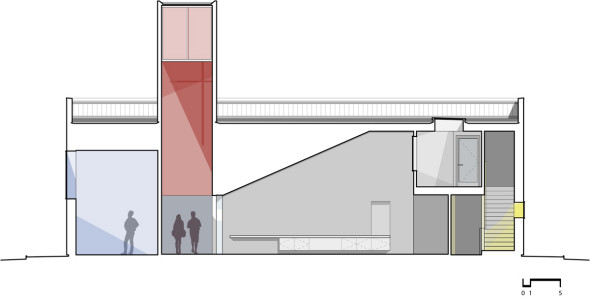
© Marlon Blackwell Architect
This subtle compromise allows for a very minimal addition in order to accommodate the program, dignified by a long suspended piece of millwork made of local white oak that embraces the ritual of lighting prayer candles and paying respect to saints en route to worship.
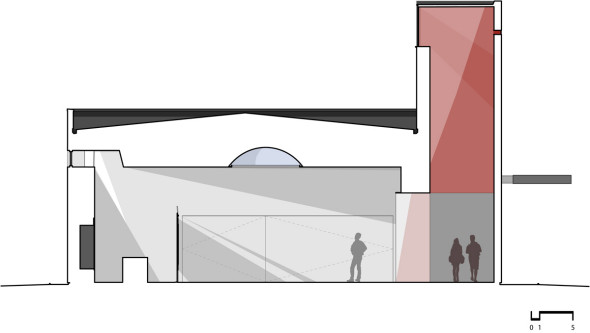
© Marlon Blackwell Architect
As one passes through the candle-lit narthex, the ceiling gradually descends above a floor of oak, compressing the visitor before passing under the sky-lit tower that marks the entry into the sanctuary oriented to the east. The tower is lit by a skylight and houses a cross facing west filled with red glass, backlit by the eastern sun each morning and artificially illuminated at night to be visible from the adjacent highway.
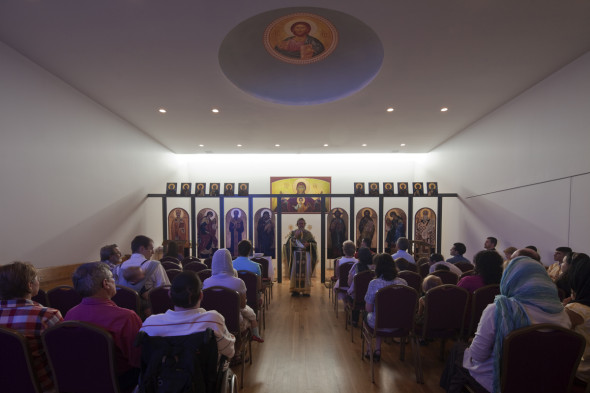
© Timothy Hursley
At the east end of the sanctuary, the ceiling is carved away to allow for a 30 foot wide transom of translucent glass that bathes the sanctuary in soft light for morning services. The iconostasis, the screen wall between the sanctuary and the altar area representing the separation between heaven and earth, is the one vertical surface that is articulated in great detail. Two hidden operable panels in the iconostasis allow for the priest to pass through while performing rituals according to the church’s liturgy.
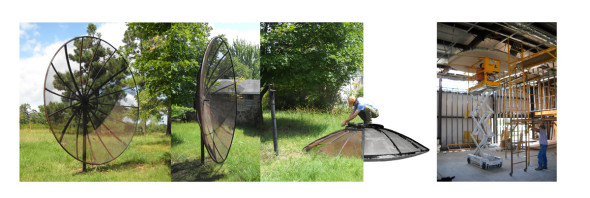
© Marlon Blackwell Architect
The sanctuary also features a dome, fashioned from a repurposed satellite dish.
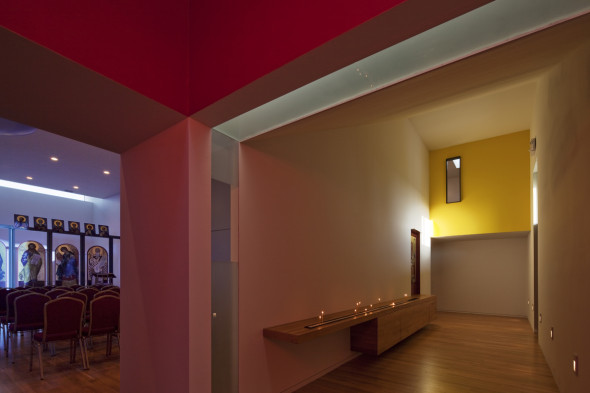
© Timothy Hursley
In the fellowship hall, the original concrete slab and the roof structure of the metal shop building are exposed, revealing the origins of the building. The exposed insulation and steel structure were simply painted black while the original shop lights were relocated to illuminate the fellowship hall. Adjacent to the fellowship hall are new services, including restrooms and a kitchen, while the mezzanine above houses a large multi-purpose space and Father John’s office, which overlooks the narthex.
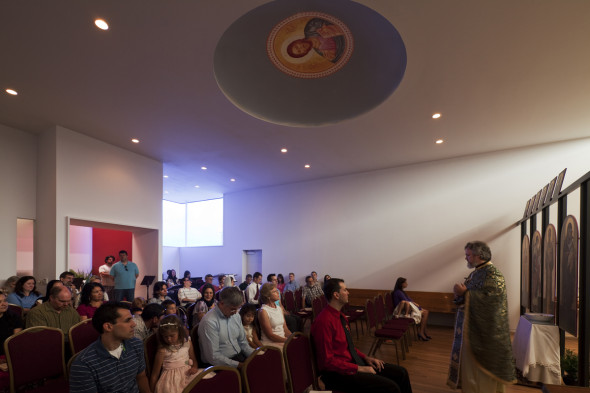
© Timothy Hursley
Although regular services draw approximately 80 visitors, holiday services draw twice as many. Rather than design the sanctuary for the greater number, one wall of the sanctuary has two large sections that swing open to the fellowship hall. These operable walls stow completely allowing for the fellowship hall to be used for overflow seating during holiday services. This flexibility allows reflects the modest budget and resourcefulness required of the design.
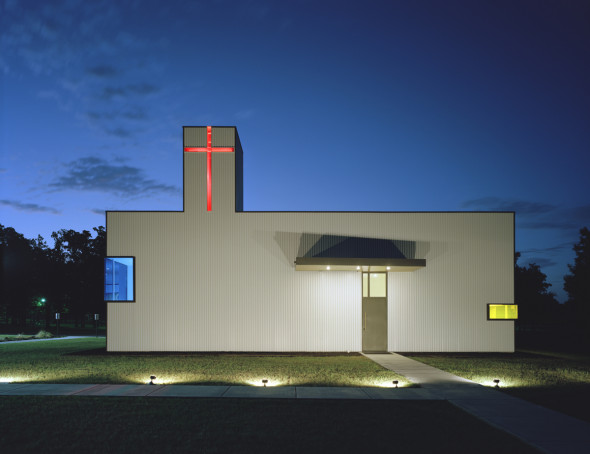
© Timothy Hursley
The congregation has grown by 30% since the new worship space has opened, fostering the dream of a larger sanctuary to be located on the same site to house 200 worshipers. The site plan was developed with the future phase in mind, employing a sensitive parking strategy, one that kept parking to the side and rear of the church, contrary to the typical practice of wide bands of parking between the street and the building. Instead, a large ‘plaza’ is formed which will eventually be framed to the south by the new sanctuary space.
Gallery
Credits
- project > Marlon Blackwell Architect
- project team > Marlon Blackwell, FAIA [principal], Jon Boelkins, Bradford Payne, Gail Shepherd, Meryati Johari Blackwell, Stephen Reyenga
- location > Springdale, Arkansas (USA)
- program > othodox church
- chronology > 2010
- photo credits > Timothy Hursley
Pagine: 1 2
Questo sito usa Akismet per ridurre lo spam. Scopri come i tuoi dati vengono elaborati.

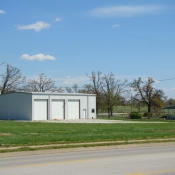
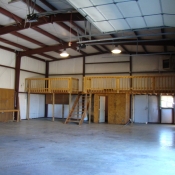
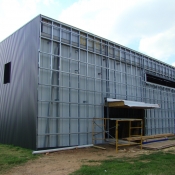
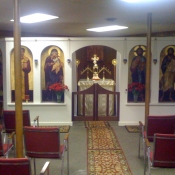
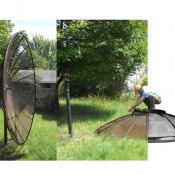
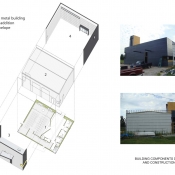
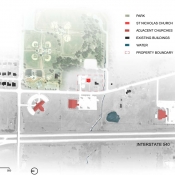
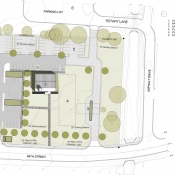
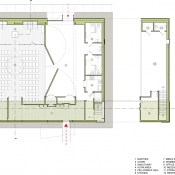
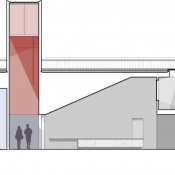
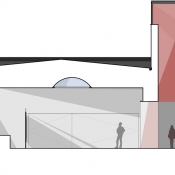
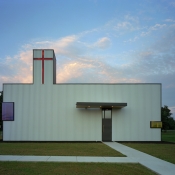
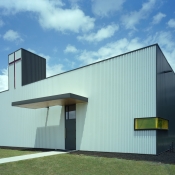
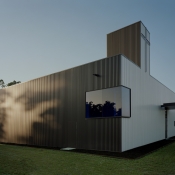
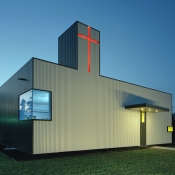
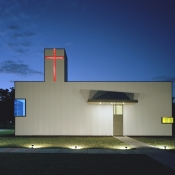
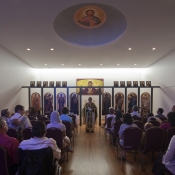
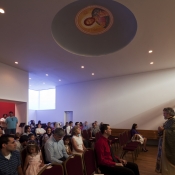
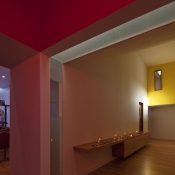
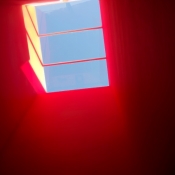
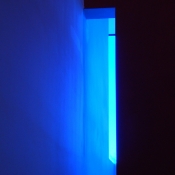
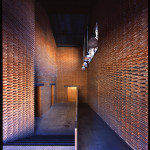
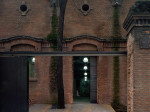
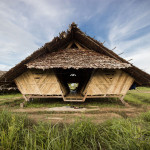




Lascia un commento